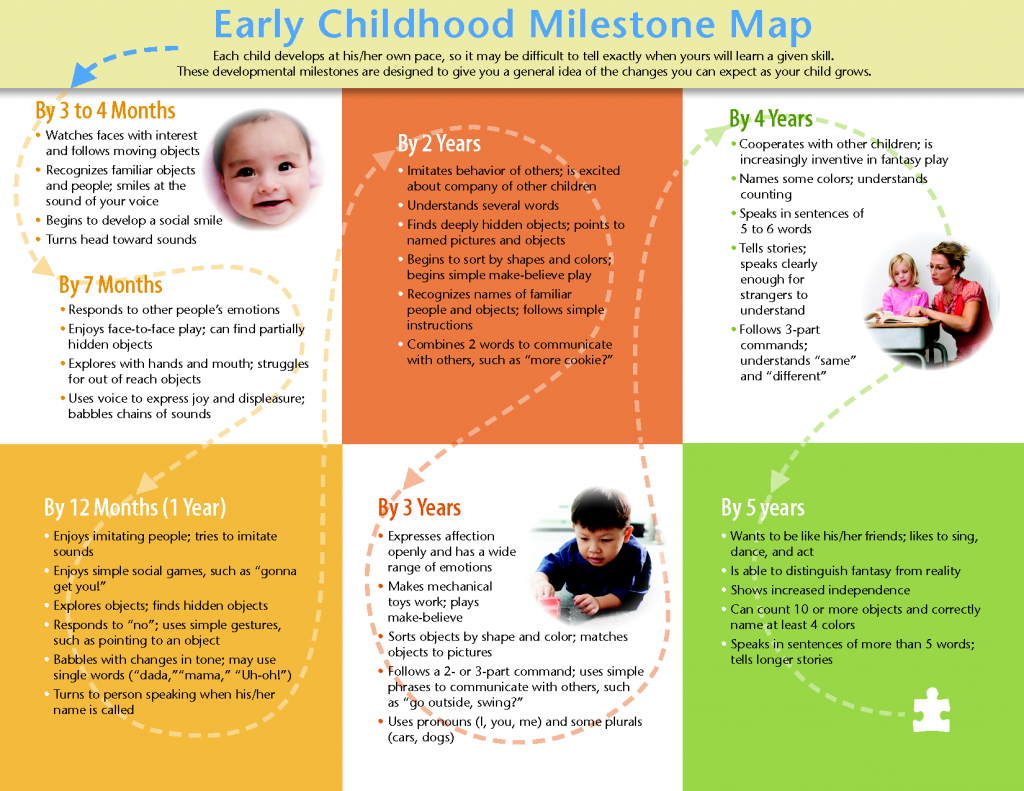Before children set foot in a classroom, their main source of knowledge comes from within the home. That’s why one of the philosophies of the Thirty Million Words Initiative (TMW) is “Parents are children’s first and most important teachers.” Many children will know how to say 100 words by the age of 21 months and will normally begin to string those words into short sentences. This is precisely why introducing vocabulary to your child early on is essential. Although it may just seem like baby talk, research has shown that parents who begin speaking to their children at an early age provide their child with a greater advantage later in life.
Strange Sounds Around the World — Explained!
Language Building SkillsGeek-Out Alert! This post is where the geeks glove come off, as they say. I am about to becoming an unapologetic, unabashed geek about one of my all time favorite topics: the crazy sounds of the world’s languages. As you might imagine the clinical founder of Speech Buddies, a revolutionary, evidence-based tool set for treating speech sound disorders, has a deep interest in phonetics. Phonetics is the branch of the social science of linguistics that studies how sounds are produced, where the tongue is placed, how it moves during speech and how the air flow is shaped. I will come out right now and admit that on down time, when my kids are asleep and I finally have an hour to myself, I will actually listen to clips of speakers of some of the world’s most fascinating and (let’s call them crazy) languages. I wanted to share some of these exquisite examples of the human sound production system and perhaps to spark an interest in you for yet another wonder of nature.
10 Ways To Teach A Child Colors
Speech Therapy TechniquesColors are an important language concept. We use them to describe most everything in our world and organize things according to them. In speech-language therapy, colors are often taught and at the very least assessed as part of a standard language battery. Though it might seem easy to grasp, learning colors can be a challenging task for children. Children often learn names of nouns before they learn descriptive words about those nouns (like colors) and can be easily confused when an array of colors are present in a large group. The typical developmental timeline is that children name some colors correctly by the end of their fourth year. At age five, children should correctly name at least four colors. For a child with a language impairment, this can be even trickier and ultimately delayed. Try focusing instruction to teach a child colors with these ten activities.
At-Home Speech Therapy for Expressive Language Skills
Speech Therapy TechniquesSpeech therapists have countless tricks up their sleeves, along with at-home speech therapy techniques they can teach to parents. One of the many facets of language that a speech therapist can teach your child is expressive language skills. If your child has an expressive language disorder, it means that he has difficulty using language to communicate, or in other words, expressing himself. Your child might have limited speech or he might be entirely nonverbal. Communication difficulties can be extremely frustrating for your child. He might know what he wishes to say, but cannot verbalize it.
Sometimes, speech and language impairments can encourage the frequency of temper tantrums and similar behavioral problems because the child is so frustrated from being unable to make his wishes known. If your child has difficulty speaking, a speech-language pathologist (SLP) can help. To accelerate your child’s progress, talk to the SLP about at-home speech therapy techniques to use at home.




